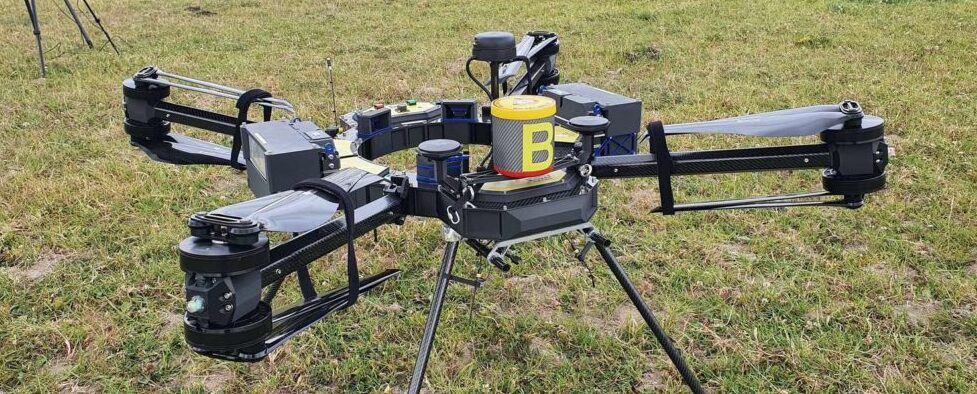SECTORS »Logistics
Logistics
Logistics is expected to become the fastest growing application for drones. Once new legislation is approved, drones will have core functions. These functions include improving efficiency, reducing costs and speeding up deliveries.

In the logistics industry, drones are likely to be used for autonomous last-mile delivery to carry packages to customers in remote areas, especially rural or mountainous regions and islands, reducing delivery times and costs. Drones are particularly suitable for time-sensitive medical deliveries, emergency equipment delivery and disaster relief. It is estimated that the future cost of drone delivery will be 80% lower than current charges for single drop deliveries.
These drones are equipped with sensors that can be used to scan and track inventory in warehouses and distribution centres. These sensors also provide real-time stock levels and locations. They can also be used for mid-mile deliveries or transporting stock between warehouses and they can even be used for delivery centres. Drones are currently used to inspect logistics infrastructure including warehouses, ports and rail yards. Each drone provides data on the condition of equipment and facilities.
ISS Aerospace’s drones are well suited to the above applications for a number of reasons; our drones are reliable and robust and already have long endurance but can also provide autonomous flight Beyond Visual Line Of Sight (BVLOS). In recognition of our heavy-lift technical expertise, we have recently been awarded a grant by the UK Ministry of Defence’s Defence and Security Accelerator (DASA) to develop heavy-lift drones and to use hydrogen fuel cells, hybrid engines and other novel forms of propulsion. Please contact us for more information on our logistic solutions.
Latest News »

ISS Aerospace proud to receive the new SME Climate Hub badge
The SME Climate Hub unveiled a new badge, which allows committed businesses, like us, to signify themselves as a forward-thinking climate actor, apart of our community. ISS Aerospace is a

ISS Aerospace Announces DTEP Award to Create Jet Turbine Powered Heavy Lift UAV
ISS Aerospace (www.issaerospace.com) supported by Marshall Futureworx (www.marshallfutureworx.com) is delighted to reveal that it has been awarded a £500,000 grant through the Defence Technology Exploitation Programme (DTEP), delivered by the

ISS Aerospace announces NEW tactical UAV for time critical tasking
ISS Aerospace announces NEW tactical UAV for time critical tasking ISS Aerospace (www.issaerospace.com), a leading UK innovator of cutting-edge Uncrewed Aerial Systems (UAS), is pleased to announce the unveiling of the tube-launched


